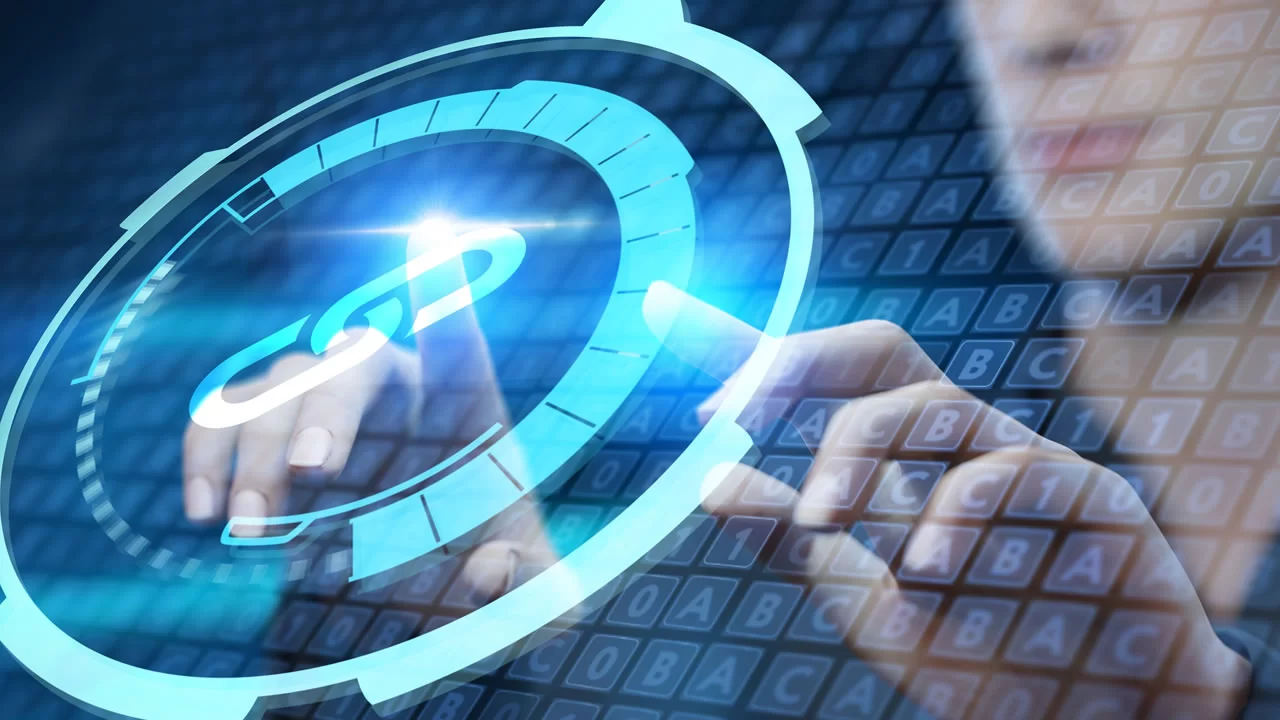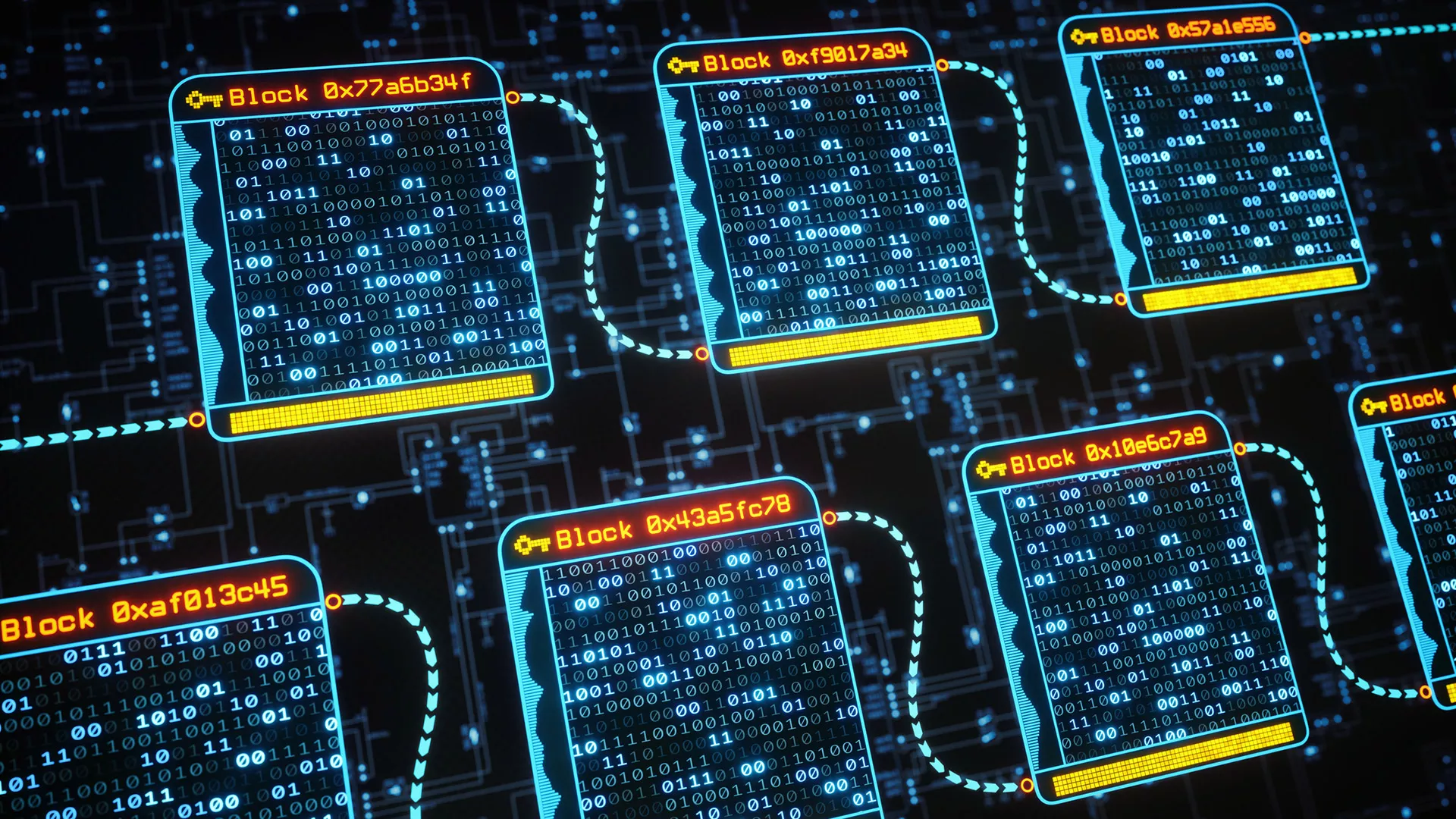Hey there, fellow tech enthusiasts! Today, we’re taking a deep dive into the fascinating realm of blockchain security. Imagine a digital fortress where your data is not just protected but practically invincible. That’s the promise of blockchain technology, and we’re about to unravel the magic behind its robust security features.
Technology has revolutionized the way we live, work, and interact with the world. In this digital age, where data is king, ensuring its security has become paramount. One of the cutting-edge solutions at the forefront of this battle against cyber threats is blockchain technology. In this article, we’ll dive into the realm of blockchain security, understanding its nuances, and unraveling the layers that make it a robust safeguard for our digital transactions.
What is Blockchain?
Blockchain is a decentralized and distributed digital ledger technology that enables secure and transparent record-keeping of transactions across a network of computers. In a traditional database, information is stored in a centralized manner, controlled by a single entity or authority. In contrast, blockchain allows multiple participants to have a copy of the entire ledger, and each participant’s copy is constantly updated.
The term “blockchain” is derived from the way data is structured in the technology. Information is grouped into blocks, and each block contains a list of transactions. Once a block is filled with transactions, it is linked to the previous block in a chronological chain, forming a continuous and unchangeable record of all transactions. This linking of blocks using cryptographic hashes ensures the integrity and security of the data.

Unveiling the Layers of Blockchain Security
- Decentralization: The Power of Many
Alright, let’s start with the big guns – decentralization. Unlike your typical superhero with a singular point of weakness, blockchain spreads its power across a network of participants. Each node holds a piece of the puzzle, making it nearly superhero-proof against cyber villains. This decentralization is what sets blockchain apart from the traditional, more vulnerable centralized systems. - Immutable Ledger: Tamper-Proof Marvel
Now, let’s talk about the immutability factor – the superhero cape that makes blockchain practically tamper-proof. Once a block is added to the chain, it’s like carving your name in stone. Why? Because each block is linked to the previous one using cryptographic wizardry. Try to mess with one block, and you’ll have to rewrite the entire history – a task so Herculean that even the trickster gods of the digital realm can’t pull off. - Cryptographic Hash Functions: Secret Handshake
Ever heard of secret handshakes? Well, blockchain has its own version – cryptographic hash functions. These funky algorithms turn your data into an encrypted dance, and here’s the kicker: even the tiniest change in your data will create an entirely new dance routine. It’s like catching a digital shape-shifter – if the dance changes, you know something fishy is going on. - Smart Contracts: Your Digital Lawyers
Now, let’s add some lawyers to the superhero squad – but not your average suits and ties. Enter smart contracts, the digital lawyers of the blockchain world. These self-executing contracts are written in code and automatically enforce the terms of an agreement. No need for middlemen – it’s a direct handshake between the parties involved, executed without a hitch. - Consensus Mechanisms: We All Agree
Let’s talk teamwork – the Avengers of blockchain, if you will. Consensus mechanisms like Proof-of-Work and Proof-of-Stake ensure that everyone in the network agrees on the validity of a transaction. It’s like a superhero council voting to save the day. This agreement is the glue that holds the blockchain together and prevents any digital villain from exploiting the system. - Public and Private Keys: Your Digital Lock and Key
Time to talk security vaults – public and private keys. Your public key is like your digital address, known to everyone. But your private key? That’s the secret sauce. It’s like the key to your superhero lair. Asymmetric encryption ensures that even if the world knows your address, they can’t waltz into your secret hideout without the right key.
The Importance of Blockchain Security
Blockchain technology has gained popularity due to its decentralized and transparent nature. However, despite its numerous benefits, it is not immune to threats and attacks. The security of blockchain networks is crucial to prevent unauthorized access, tampering, and theft of digital assets. Without proper safeguards in place, the entire blockchain ecosystem can be compromised, leading to disastrous consequences.
Blockchain Security in Action
Now, let’s explore how these security features work in tandem within a blockchain ecosystem:
- Transaction Verification
When a user initiates a transaction, it is broadcasted to the network. Nodes validate the transaction using cryptographic algorithms, ensuring the authenticity of the transaction details. - Block Formation
Validated transactions are grouped into a block, and miners, participants who contribute computational power to the network, compete to solve a complex mathematical problem. The first miner to solve it gets the right to add the block to the blockchain. - Consensus
Consensus mechanisms, such as PoW or PoS, come into play to ensure that the majority of the network agrees on the validity of the new block. This agreement is crucial for maintaining the integrity of the blockchain. - Immutability
Once added to the blockchain, the block is linked to the previous one through cryptographic hashes. Any attempt to alter a block would require changing all subsequent blocks, a practically impossible feat due to the decentralized and distributed nature of the network.

The Future of Blockchain Security
As technology evolves, so do the challenges in cybersecurity. Blockchain, with its robust security features, is poised to play a pivotal role in the future of secure digital transactions. With ongoing research and development, we can expect even more advanced security measures to be integrated into blockchain technology.
Closing Thoughts
In conclusion, the emergence of blockchain technology has ushered in a new era of secure digital transactions. Its decentralized nature, coupled with cryptographic principles, smart contracts, and consensus mechanisms, makes it a formidable force against cyber threats. As we navigate the digital landscape, embracing blockchain’s security features becomes imperative for safeguarding our data and transactions.













